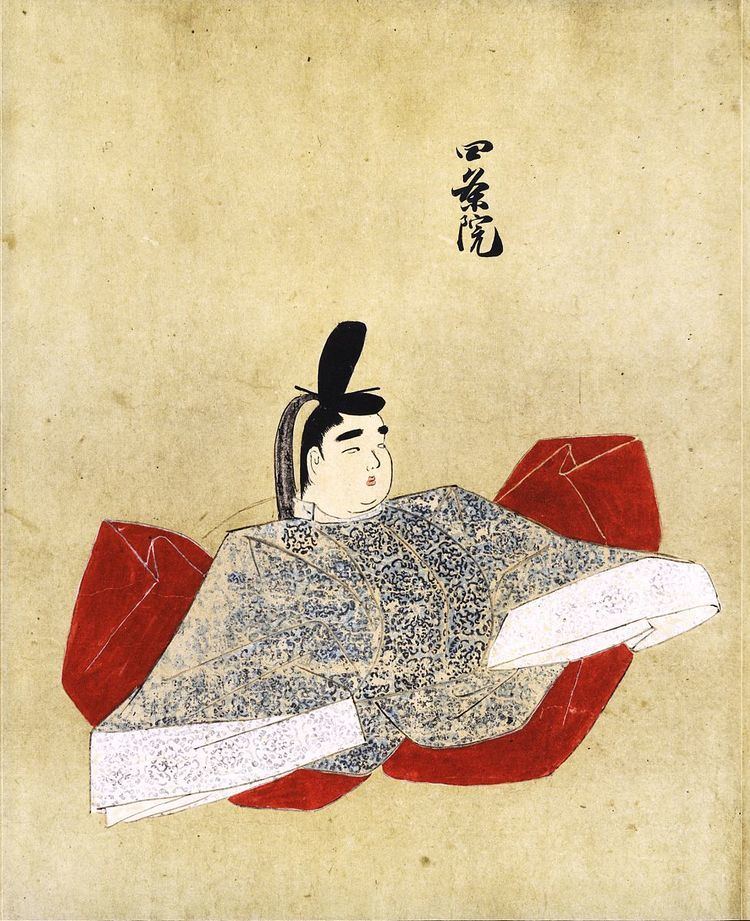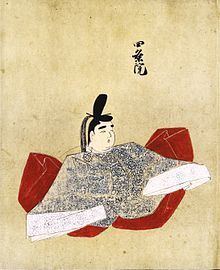Reign 1232–1242 | Predecessor Go-Horikawa Name Emperor Shijo | |
 | ||
Born March 17, 1231 ( 1231-03-17 ) Died February 10, 1242(1242-02-10) (aged 10) Burial Tsukinawa no Misasagi (Kyoto) | ||
Emperor Shijō (四条天皇, Shijō-tennō) (March 17, 1231 – February 10, 1242) was the 87th emperor of Japan, according to the traditional order of succession. This reign spanned the years 1232 through 1242.
Contents
Genealogy

Before his ascension to the Chrysanthemum Throne, his personal name (his imina) was Mitsuhito-shinnō (秀仁親王), also known as Tosihito-shinnō.
He was the first son of Emperor Go-Horikawa.
He had no children, due to his youth at the time of his death.
Events of Shijō's life
He reigned from October 26, 1232 to February 10, 1242.
Emperor Shijō died from an accident in 1242. His Imperial tomb (misasagi) is at Sennyū-ji in the Nochi no Tsukinowa no Higashiyama no misasagi (後月輪東山陵).
As the Emperor was very young, and the Retired Emperor Go-Horikawa died just two years later, most of the actual leadership was held by his maternal relatives Kujō Michiie and Saionji Kintsune.
Kugyō
Kugyō (公卿) is a collective term for the very few most powerful men attached to the court of the Emperor of Japan in pre-Meiji eras. Even during those years in which the court's actual influence outside the palace walls was minimal, the hierarchic organization persisted.
In general, this elite group included only three to four men at a time. These were hereditary courtiers whose experience and background would have brought them to the pinnacle of a life's career. During Shijō's reign, this apex of the Daijō-kan included:
Eras of Shijō's reign
The years of Shijō's reign are more specifically identified by more than one era name or nengō.
